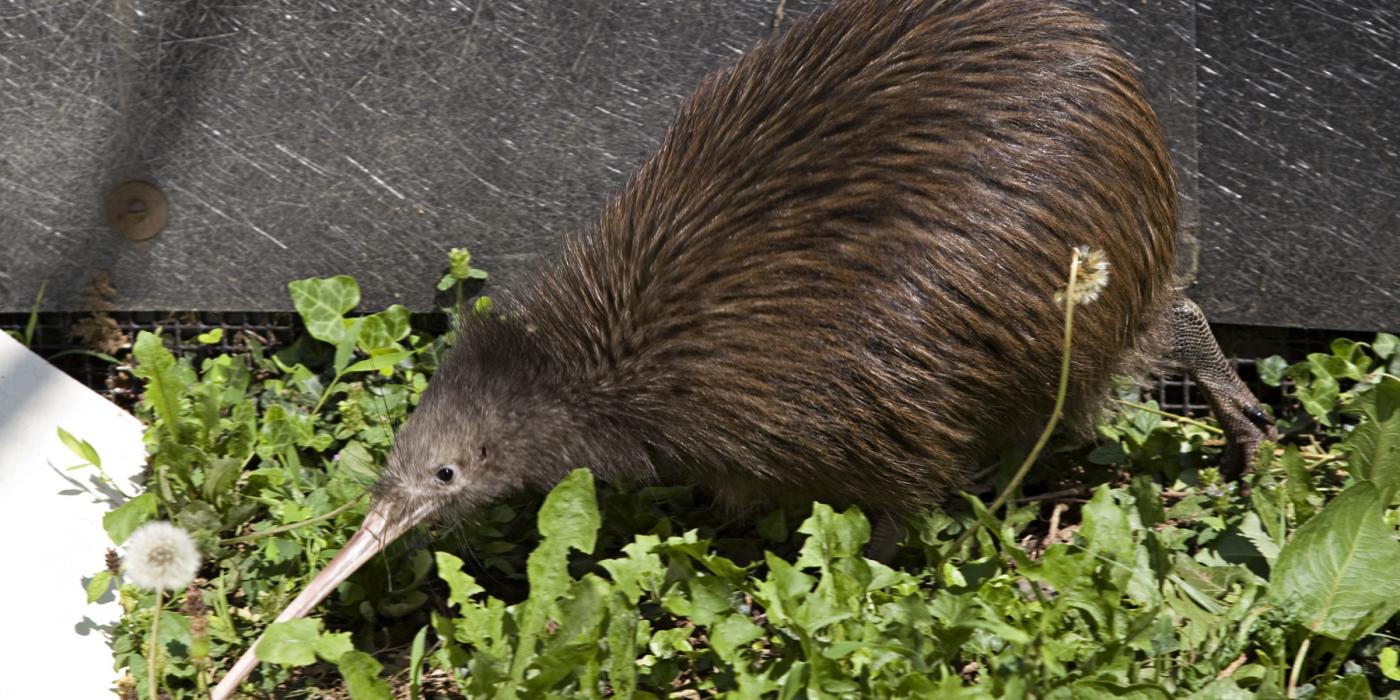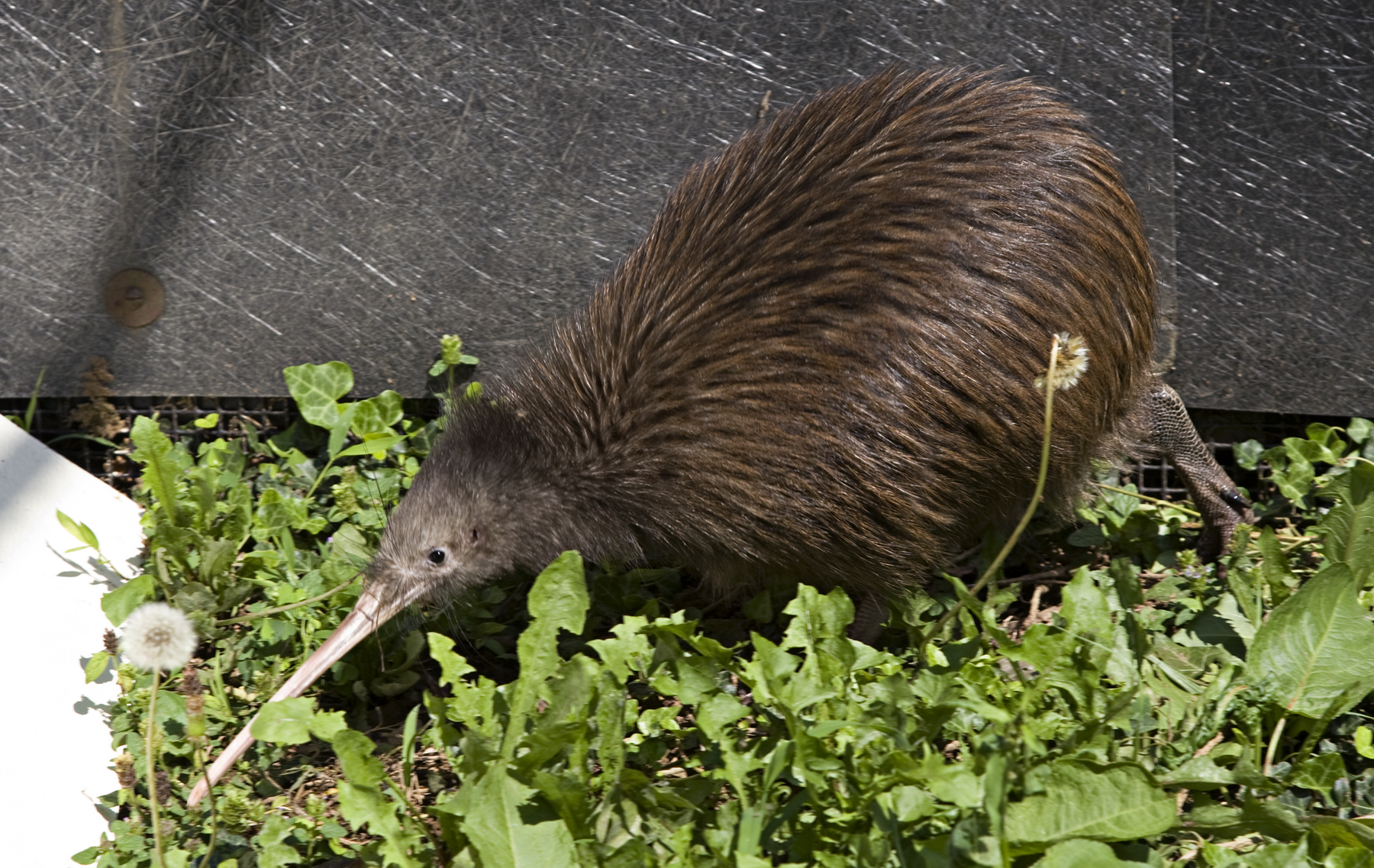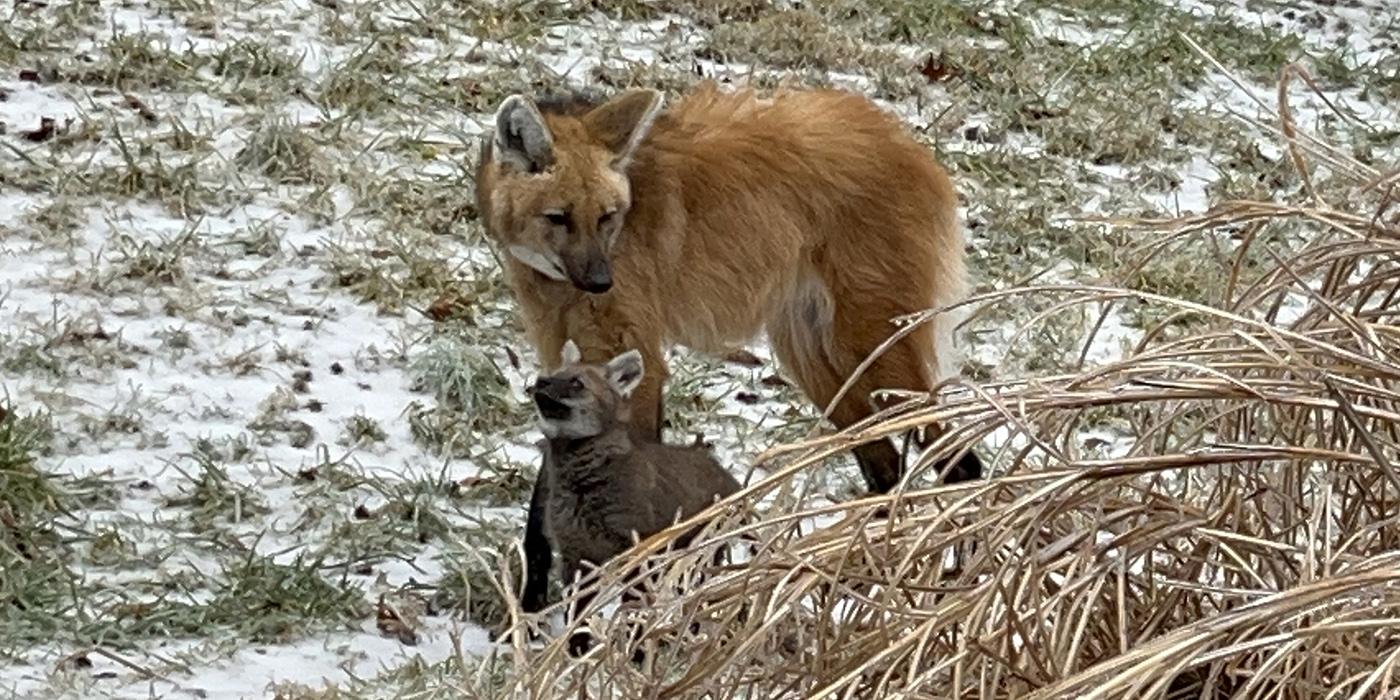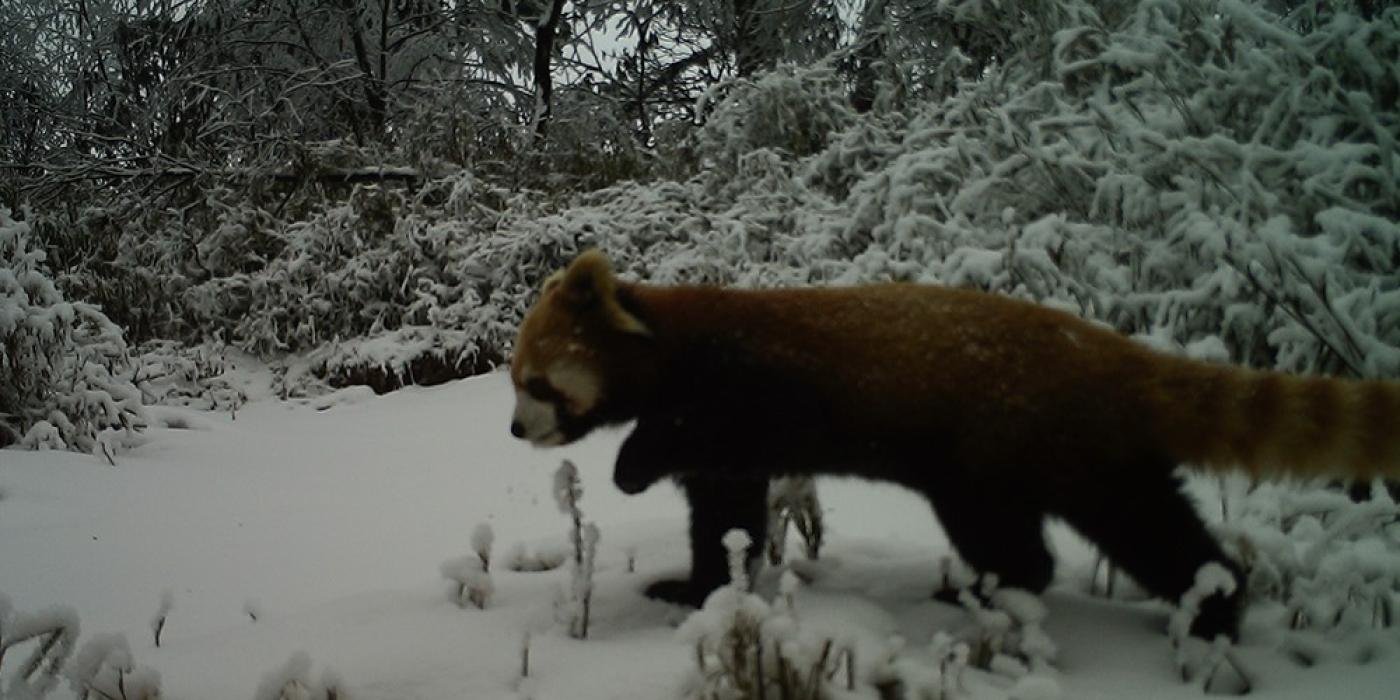Two Brown Kiwi Die at Smithsonian Conservation Biology Institute
Animal care staff at the Smithsonian Conservation Biology Institute (SCBI) are mourning the loss of two kiwi who were found deceased in their habitat March 7 and 8. The male, Ngati Hine Tahi, and female, Ngati Hine Rua, were 15 years old. Before their deaths, both birds appeared to be healthy and did not have any history of illness. Preliminary findings suggest that an intestinal infection and bacterial-toxin production were the causes of death. A final pathology report will provide more information in the coming weeks. Their habitat, Kiwi Flats, has been quarantined, and SCBI’s remaining kiwi have been moved to other animal holding areas to avoid spread of any infectious agent. These kiwi were examined by veterinary staff and remain healthy.
Ngati Hine Tahi and Ngati Hine Rua arrived at SCBI in July 2010 as a gift from New Zealand. At the time, they were the first export of kiwi in more than 20 years, and adding them to the genetic pool in North America was a rare and valuable opportunity to breed and study this vulnerable species. Upon their arrival, SCBI held a ceremony with a traditional Maori blessing with former New Zealand Ambassador Roy Ferguson and Consul General John Mataira. Both birds came from the Ngati Hine people in New Zealand, and their bodies will be repatriated to the tribe for burial.
When Ngati Hine Tahi arrived at SCBI, he tipped the scales at 7.4 pounds, more than 40% above the ideal weight for brown kiwi. He had a propensity for stealing Ngati Hine Rua’s food and snacking on worms in his yard after rain. The extra weight made it difficult for Ngati Hine Tahi to get into position for successful breeding. Keepers devised a clever enrichment feeder that prevented him from overeating. Since females have longer beaks, keepers put their diets of meat, fruit and vegetables into the bottom of long tubes so that Ngati Hine Tahi could not reach Ngati Hine Rua’s food. Over time, he slimmed down to a svelte 4.8 pounds, and the pair successfully bred.
Since 2016, Ngati Hine Tahi and Ngati Hine Rua have contributed seven offspring to their species’ survival, including one female and six males. Five offspring have been transferred to other zoos per breeding recommendations. Two of their offspring still reside at SCBI’s headquarters in Front Royal, Virginia.
The Smithsonian’s National Zoo and Conservation Biology Institute participates in the Association of Zoos and Aquariums’ Species Survival Plan (SSP) for brown kiwi. The SSP scientists decide which animals to breed by considering their genetic makeup, health and temperament, among other factors. The Zoo was the first to hatch a kiwi outside of New Zealand in 1975.
Kiwi have lived in New Zealand for more than 60 million years, making them the nation’s most ancient bird. Brown kiwi are nocturnal, ground-dwelling, flightless birds whose adaptations more similarly resemble mammals than birds. They have specialized feathers around their face that look like whiskers, a keen sense of smell, good hearing and are the only bird with nostrils at the end of their beak. In addition, brown kiwis lay one of the largest eggs of all birds in relation to their body size.
The International Union for Conservation of Nature classifies the brown kiwi as vulnerable. The wild population has stabilized after declining due to the introduction of invasive predators, such as the stoat and domestic dog and cat, and habitat loss.
# # #Related Species:





